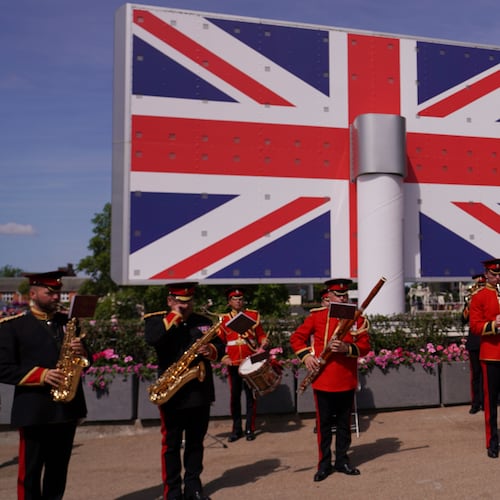The recent controversy in Walton County over lessons on Islam is small potatoes compared to other uproars around the country.
In Walton, a few parents objected after seeing seventh-graders’ homework about Islam. They complained their children were learning that Allah is the same God Jews and Christians worship. Their complaints were unfounded, given that Allah is simply the Arabic word for God. The school system’s spokeswoman commented that the parents’ main issue seemed to be they didn’t want their children learning about Islam, period.
I could substitute at least a half-dozen other towns and cities for Walton County and tell a similar story based on my research for a book about schools’ efforts to teach about world religions. In every instance, Islam has been the flashpoint, though usually over bigger issues than sentences on a worksheet. Schools have been teaching about the world’s religions as part of social studies and geography lessons for a decade or more because state standards wisely call for such instruction.
Our education system has begun to heed the wisdom Supreme Court Justice Tom Clark gave in the 1963 Abington v. Schempp ruling banning teacher-led prayer: “It might well be said that one’s education is not complete without study of comparative religion or the history of religion and its relationship to the advancement of civilization.”
But Clark could not have predicted the anti-Muslim sentiment that would grow in the aftermath of the 9/11 attacks in America and color reaction to anything involving Islam.
In Lumberton, Texas, a small town on the border of Louisiana, a world geography teacher faced ire after she let students try on a burka and other Muslim garb as part of a dress-up exercise on clothing of the Middle East and other countries. Teacher Sharon Peters had used the clothing for 15 years with the intention of opening students’ minds to the world around them. “I want you to put it in front of your face so you can see how others in the world live,” she would say as she passed around a black filmy veil some Muslim women wear to cover their faces.
But during a February 2013 class, a student took a photo of five peers posing in the clothing, including a blue burka from Afghanistan. The photo went viral. Strangers sent emails accusing Peters and the school system of corrupting children and attempting to convert them to Islam.
Conservative blogs and local and national television stations picked up the story. About 100 people crowded into the tiny school system’s board room one night. Some said the school was glorifying oppression of Muslim women and trying to convert unsuspecting teens. Others, including Lumberton’s superintendent, stood by the teacher. A student told the audience that he was definitely not a victim of indoctrination and that his teacher had taught him not to disrespect anyone out of ignorance.
Because of field trips, words on a bulletin board display and passages in textbooks, similar issues have arisen in Wellesley, Mass.; Wichita, Kan.; across Tennessee, and elsewhere in Texas. The underlying theme of the opposition always has a familiar ring. Opponents see Islam as something to fear, and many believe that particular religion has no place in a lesson plan.
But schoolchildren must learn about the diversity of religion in our country and world. All of us should, because education can make us better equipped to discuss crises when religion is in the mix. Education can also dispel stereotypes.
Muslim youths I met around the country told me of frequent teasing and jabs, like this one said to a 17-year-old Muslim girl in Lumberton: “Do you have a bomb in your backpack?” The girl wrote an essay for her English class that could serve as advice for those quick to denigrate all followers of one religion: “I judge people individually because ‘bad’ people come from all races and religions. Luckily, good people do, too.”
About the Author
Keep Reading
The Latest
Featured


